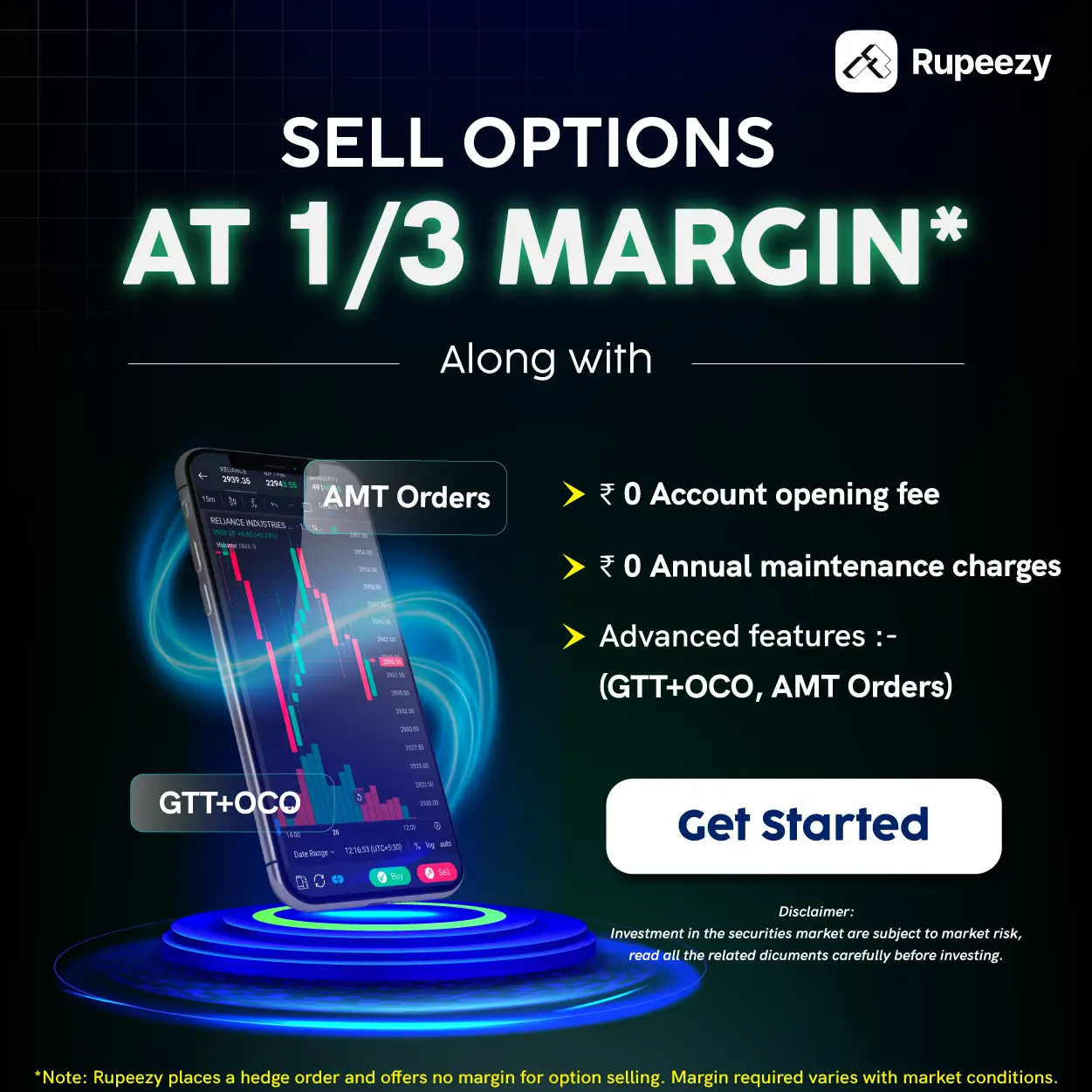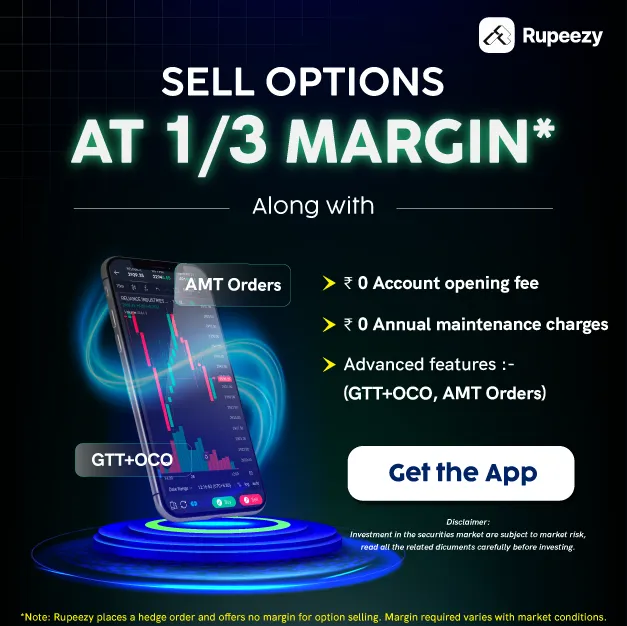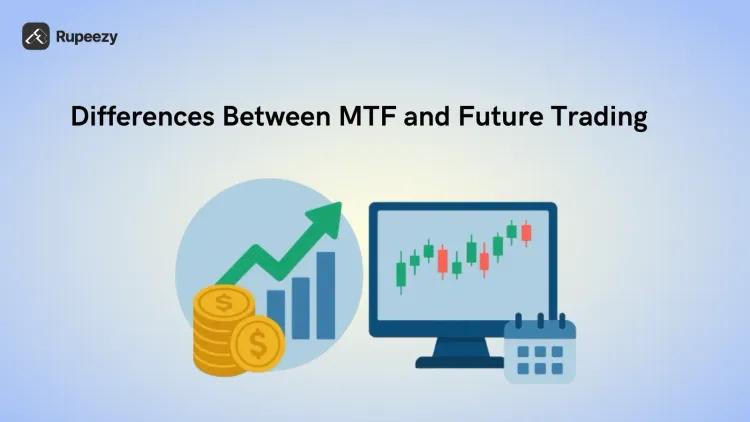Call and Put Options: Meaning, Examples, How It Works


00:00 / 00:00
Investing in the stock market is not just about the shares but also about the strategies to follow. Among these, there are call and put options. While these two are the most commonly used trading terms, they both work in different ways.
These are contracts that give traders the right to buy or sell a stock at a fixed price within a specific time frame. They help you plan for market ups and downs, reduce risk, and even earn profits without owning the stock.
So, in this guide, let us understand what is call and put in share market, how they work, the differences between them, and more. Let’s dive in!
What is Call and Put in Trading?
Let us start by understanding what does call and put mean. While the definition will give you the basic idea, you need to gain a deeper understanding to use them rightly. Even when you are looking to buy and sell stocks, a proper understanding can help a great deal. So, let us explore call and put options with examples here.
What is a Call Option?
A call option gives the buyer the right. There is no obligation to buy a specific stock at a fixed price (called the strike price) within a certain period. Investors use call options when they believe the stock price will rise in the future. This allows them to lock in a lower price today and potentially profit from the increase.
Example
Let’s say Stock X is trading at Rs. 90. You buy a call option with a strike price of Rs. 100 that expires in one month. If the price goes up to Rs. 120, you can buy it at Rs. 100 and sell it at Rs. 120, making Rs. 20 per share (excluding the premium). If the price stays below Rs. 100, you can let the option expire without any obligation.
Features of a Call Option
Right to Buy: Allows the holder to buy the underlying asset at a fixed price before the expiry date.
Used in Bullish Market: Ideal when the trader expects the stock price to rise.
Limited Loss: Maximum loss is limited to the premium paid.
Unlimited Upside Potential: If the stock price rises well above the strike price, profits can be significant.
Premium Payment: A fee (premium) must be paid to purchase the option.
Time-Sensitive: The option must be exercised within the specified period; otherwise, it expires worthless.
Lot Size Applicable: Traded in standard lot sizes set by the exchange.
What is a Put Option?
A put option gives the buyer the right, but not the obligation, to sell a stock at a fixed strike price within a specific time period. This is typically used when the investor expects the stock price to fall and wants to protect against potential losses or earn from the drop.
Example
Suppose Stock Y is trading at Rs. 220. You purchase a put option with a strike price of Rs. 200. If the stock drops to Rs. 170, you can still sell it for Rs. 200 as per the contract. This gives you a profit of Rs. 30 per share (minus the premium paid). If the price stays above Rs. 200, the option can expire without being used.
Features of a Put Option
Right to Sell: Gives the holder the right to sell the asset at a fixed price before expiry.
Used in Bearish Market: Suitable when the trader expects the stock price to fall.
Loss Limited to Premium: If the price doesn’t fall, the loss is only the premium paid.
Profit When Prices Fall: The lower the stock price drops below the strike price, the higher the potential gain.
Premium Payment Required: Buyer must pay a premium upfront to hold the right.
Expiry Date Matters: Must be used within the contract period; otherwise, it expires.
Lot-Based Trading: Put options are also traded in standard lots defined by the exchange.
Now that you know what is call and put option, let us understand how they work.
How Do Call and Put Options Work?
Call and put options work by giving the buyer the right (but not the obligation) to trade a stock at a predetermined price before a certain expiry date. The idea is to profit from future price movements while limiting risk. Here’s how they work individually:
How Call Options Work
You buy a call option when you expect a stock’s price to go up.
You pay a premium to get the right to buy the stock at a fixed strike price.
If the market price goes above the strike price, you can either:
Buy the stock at the lower strike price and sell at the market price, or
Sell the option contract itself at a profit.
If the stock price stays below the strike price, you let the option expire, and your loss is limited to the premium paid.
How Put Options Work
You buy a put option when you expect a stock’s price to go down.
You pay a premium for the right to sell the stock at a fixed strike price.
If the market price falls below the strike price, you can:
Sell the stock at the higher strike price and make a profit, or
Sell the put option contract itself for a gain.
If the price remains above the strike price, the option expires, and your loss is just the premium.
What is Call Price and Put Price?
Call price and put price refer to the premium that an investor pays to buy an option contract. This premium is the cost of gaining the right to buy (call) or sell (put) a stock at a fixed strike price within a specific time period.
Call price is the amount paid to buy a call option, which gives the right to purchase a stock at a set price.
Put price is the amount paid to buy a put option, which gives the right to sell a stock at a set price.
These prices fluctuate based on factors like stock volatility, time left to expiry, current market price, and interest rates.
Benefits and Risks of Call and Put Options
Call and put options allow traders to benefit from market movements with limited risk and smaller capital. But they also carry specific risks depending on how and when they are used. Below is a clear breakdown of the key benefits and risks associated with each.
Benefits of Call Options
Call options are best suited when you expect the stock price to rise. They offer leverage and flexibility with limited downside.
Require lower capital compared to buying the actual stock
Profit potential is unlimited if the stock price rises significantly
Loss is limited to the premium paid
Can exit anytime before expiry and book profits if market moves favorably
Useful for speculative strategies in bullish markets
Risks of Call Options
Despite their advantages, call options can result in losses if the market doesn’t move as expected.
Entire premium is lost if stock does not rise above the strike price
Value declines over time due to time decay
No ownership rights or dividends since you don’t hold the actual stock
Volatility can make pricing unpredictable and reduce profitability
Benefits of Put Options
Put options are commonly used when expecting the stock to fall or to protect existing holdings.
Allow you to profit from a decline in stock price
Provide a hedging tool to limit losses in falling markets
Maximum loss is limited to the premium paid
Can sell the put before expiry if the price moves in your favor
Good strategy in bearish or uncertain markets
Risks of Put Options
Put options also carry risks, especially if the market doesn’t move in your expected direction.
Loss of premium if stock remains above the strike price
Value reduces rapidly as expiry date approaches
Wrong timing or strike selection can lead to no gains
Some contracts may have low liquidity, making exit difficult
Difference Between Call and Put Option
If you're exploring options trading, understanding the difference between a call vs put option is essential. These two contracts serve opposite purposes. Knowing when and how to use each one can help you manage risk and take advantage of market moves.
Feature | Call Option | Put Option |
Basic Definition | Gives the buyer the right to buy the asset | Gives the buyer the right to sell the asset |
Market Sentiment | Used when expecting prices to rise (bullish outlook) | Used when expecting prices to fall (bearish outlook) |
Profit Scenario | Profitable when market price goes above strike price | Profitable when market price goes below strike price |
Loss Scenario | Loses value if price stays below strike price | Loses value if price stays above strike price |
Purpose | To gain from rising prices or fix a buy price | To gain from falling prices or protect existing holding |
Usage in Hedging | Locks in a future buying price for long-term positions | Protects long positions from potential downside |
Maximum Loss | Limited to premium paid | Limited to premium paid |
Profit Potential | Unlimited as price can rise indefinitely | High, but limited to the fall in asset price |
Ownership Involved | No ownership of the asset until exercised | No ownership of the asset until exercised |
Ideal For | Traders looking to speculate or enter at lower cost | Investors looking to hedge or profit from decline |
How to Buy Call and Put Options on Rupeezy
Rupeezy makes options trading simple and beginner-friendly. Whether you want to trade call or put options, the platform allows you to do it quickly with guided steps and minimal paperwork. Here's how to get started:
Open a Rupeezy Account: Visit Rupeezy or download the app. Complete your registration by entering your PAN, Aadhaar, bank details, and verifying your identity through eKYC.
Activate Derivatives Segment: Once your account is live, enable the F&O (Futures & Options) segment by submitting income proof or salary slips, as per SEBI rules.
Search for Your Desired Contract: On the trading dashboard, search for the stock or index you want to trade. Select the options chain to view available call and put options with various strike prices and expiry dates.
Choose Strike Price and Expiry: Based on your market view, select the appropriate call or put option contract. Pick a strike price and expiry that align with your strategy.
Place the Buy Order: Enter the number of lots, choose market or limit order, and place your trade. You’ll need to maintain sufficient margin in your account, depending on the premium cost.
Monitor or Exit the Position: Keep track of your option position on the app. You can choose to exit before expiry or let the contract expire based on your strategy.
With Rupeezy, you also get access to option charts, technical indicators, and trading insights — all within a user-friendly platform built for retail investors.
Conclusion
Understanding call and put options is a key step for anyone looking to trade smartly in the share market. These contracts let you take positions based on where you think the market is headed, while keeping your risk limited to the premium paid. Whether your goal is to earn from price movements or to hedge your portfolio, options trading can offer the flexibility and control you need.
FAQs
Q1. What is call and put in option trading?
In option trading, a call option gives the right to buy a stock at a fixed price within a set time, while a put option gives the right to sell. Traders use call options when they expect the price to rise and put options when they expect it to fall. Both help manage risk and take advantage of market movements.
Q2. What does put call meaning refer to?
Put call meaning refers to the two basic types of options in trading. A put option allows the holder to sell an asset at a specific price, while a call option allows the holder to buy. These are used depending on whether you expect the market to move down or up.
Q3. What are puts and calls for beginners?
For beginners, a call is a contract that gives the right to buy a stock at a fixed price before expiry. A put gives the right to sell at a fixed price. They offer a lower-cost way to trade based on future price expectations, without owning the stock.
Q4. Can you lose money with call or put options?
Yes, if the market does not move as expected, the option may expire worthless. In that case, you lose the premium paid. However, the risk is limited to this premium, which makes options a relatively safer tool when used with the right strategy.
Q5. Is options trading suitable for new investors?
Options trading can suit new investors if they learn the basics and use proper tools. Since the maximum loss is limited to the premium, the risk is defined. With platforms like Rupeezy, beginners can access real-time data and trade confidently with guided support.
The content on this blog is for educational purposes only and should not be considered investment advice. While we strive for accuracy, some information may contain errors or delays in updates.
Mentions of stocks or investment products are solely for informational purposes and do not constitute recommendations. Investors should conduct their own research before making any decisions.
Investing in financial markets are subject to market risks, and past performance does not guarantee future results. It is advisable to consult a qualified financial professional, review official documents, and verify information independently before making investment decisions.

All Category










